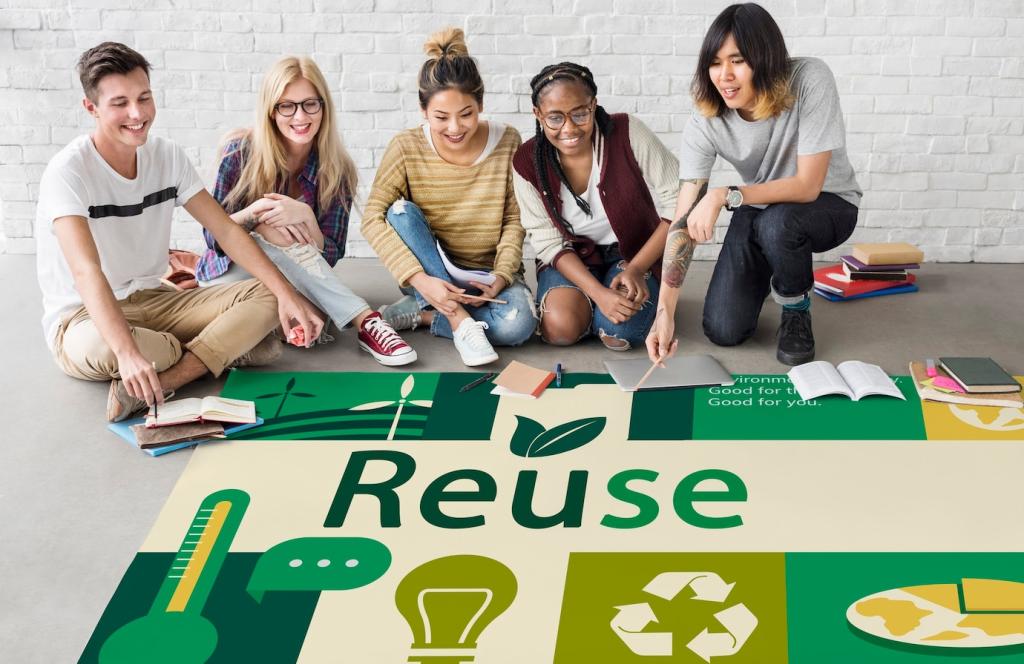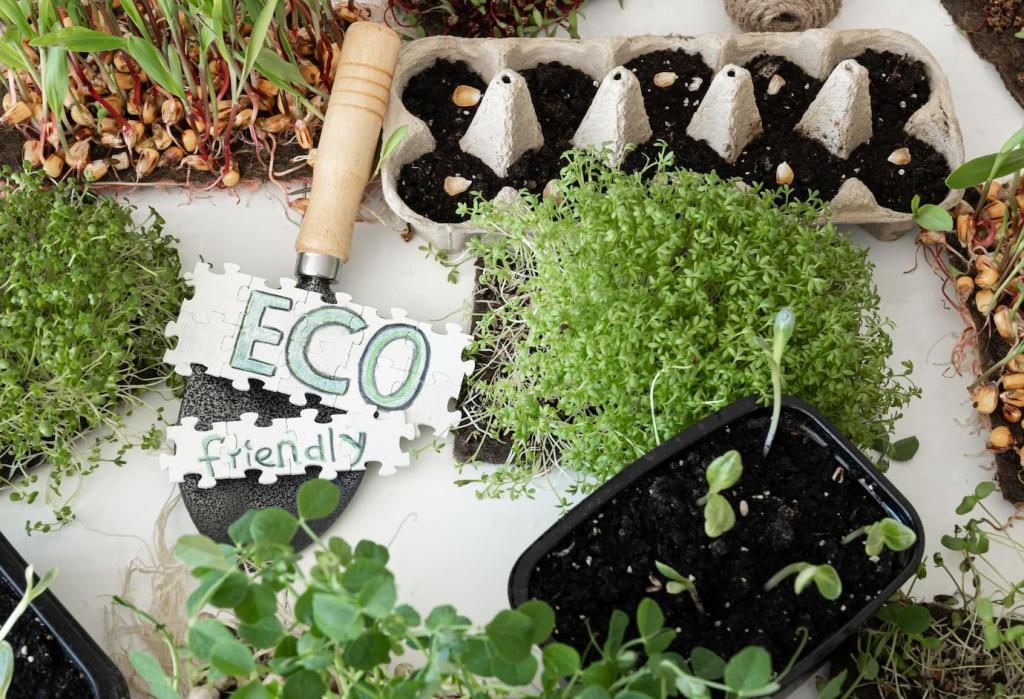This website uses cookies so that we can provide you with the best user experience possible. Cookie information is stored in your browser and performs functions such as recognising you when you return to our website and helping our team to understand which sections of the website you find most interesting and useful.

Advanced Technology in Sustainable Landscape Design
Advanced technology is transforming the field of sustainable landscape design, offering innovative solutions that balance ecological responsibility with functional beauty. By integrating cutting-edge digital tools, efficient resource management systems, and intelligent materials, landscape professionals are creating environments that are both environmentally sustainable and visually compelling. This evolution not only enhances the health of outdoor spaces but also contributes to energy conservation, water efficiency, and long-term cost savings. The synergy between technology and design empowers stakeholders to make informed choices, catering to growing sustainability goals while meeting the practical needs of modern communities and urban developments. The following sections explore the foundational technologies and principles shaping the future of sustainable landscape design.
Smart Irrigation and Water Management



